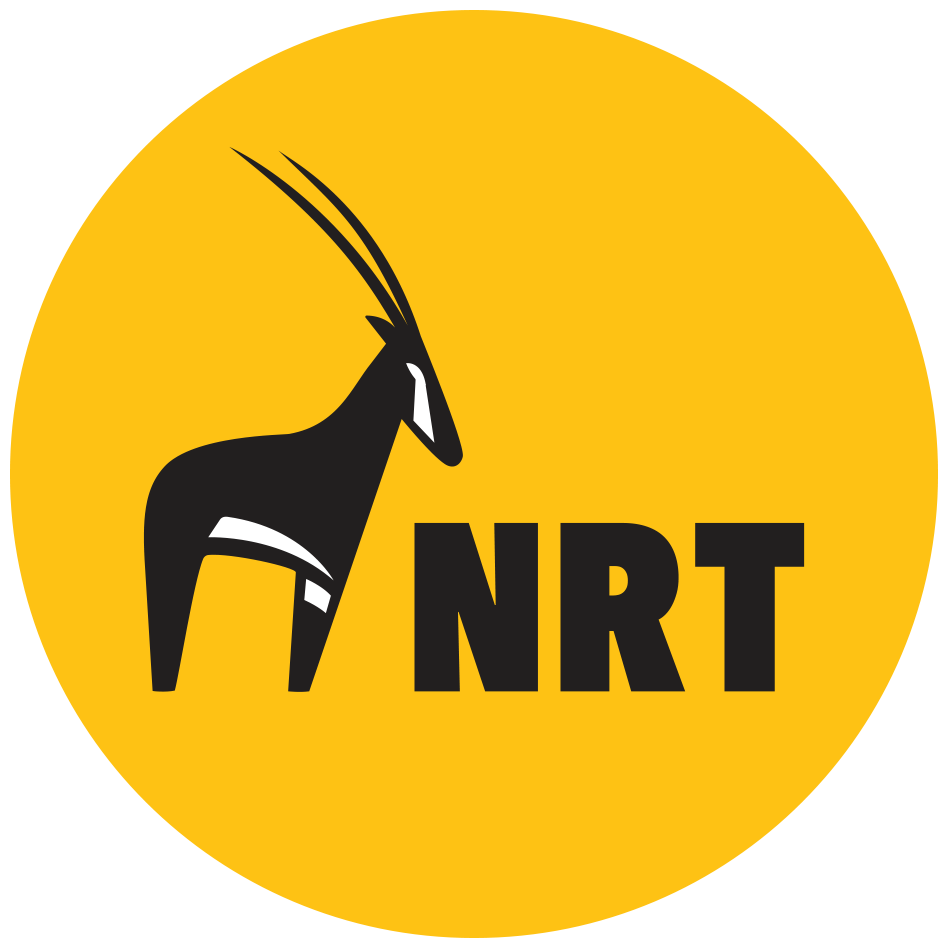Scaling New Heights of Wildlife Conservation: Africa’s Largest IoT Network Deployed in NRT Member Community Conservancies
We see it in our homes and our places of work. Situations can go terribly wrong really fast when there is a breakdown in communication. For wildlife rangers working in the field, the effects of miscommunication are exponentially worse, and information, if inaccurate or arrives a fraction of a second too late, can cause injury and loss of life for human beings and wildlife.
Until recently, rangers in NRT member community conservancies relied on an analog communication system, which posed significant challenges during rescue operations and hampered wildlife monitoring. Over the last three years, NRT has been implementing an ambitious project that has seen its radio network upgraded and an Internet of Things (IoT) network established and expanded, creating a vast communication web that connects 22 NRT member community conservancies, with plans underway to bring more on board.
Deployed in collaboration with Connected Conservation Foundation, Cisco, 51 Degrees, EarthRanger, and the European Union’s Community Policing Initiative Biolive Project, NRT’s is Africa’s largest landscape-wide, IoT conservation network.
The first of its kind in Kenya, it is enhancing the protection of endangered species and the conservation of natural resources by leveraging cloud-based sensors and networks to collect, monitor, and analyze environmental data in real time. NRT upgraded the radio network in three phases. In the first, power monitors were installed and a substantial upgrade of power supplies was undertaken, while in the second, Low-Power, Long-Range (LoRa) technology was introduced, connecting all conservancies to a wide area network.
Finally, EarthRanger systems were installed in NRT member community conservancies, enabling them to track and monitor wildlife and rangers in the field.
Using EarthRanger software, NRT is also able to monitor water stations and levels digitally and collect vital information for managing water resources. This cutting-edge technology has enabled NRT member community conservancies to track wildlife, including endangered species such as black rhinos and elephants, and detect poaching activities—all in real time.
Sera Rhino Sanctuary, for example, now provides live footage to NRT’s Joint Operations Communication Center (JOCC) for real-time rhino tracking, elevating wildlife protection to new heights. For Samuel Lekimaroro, NRT’s Wildlife Protection Manager, the radio technology upgrade and the establishment of the IoT network are welcome developments as they have made it easier to conduct conservancy patrols.
He vividly recalls an incident in which a ranger sustained an injury while on patrol in Mukogodo Forest, and contact with him was lost, necessitating a rescue operation in the dead of night. “All field patrol teams can now be monitored and coordinated by the team in headquarters, which is the central location,” he says.
The upgraded radio network and the newly established IoT network have massively improved communication within and across NRT member community conservancies, enhancing and boosting ranger patrols, wildlife protection, and conservation of endangered species.



